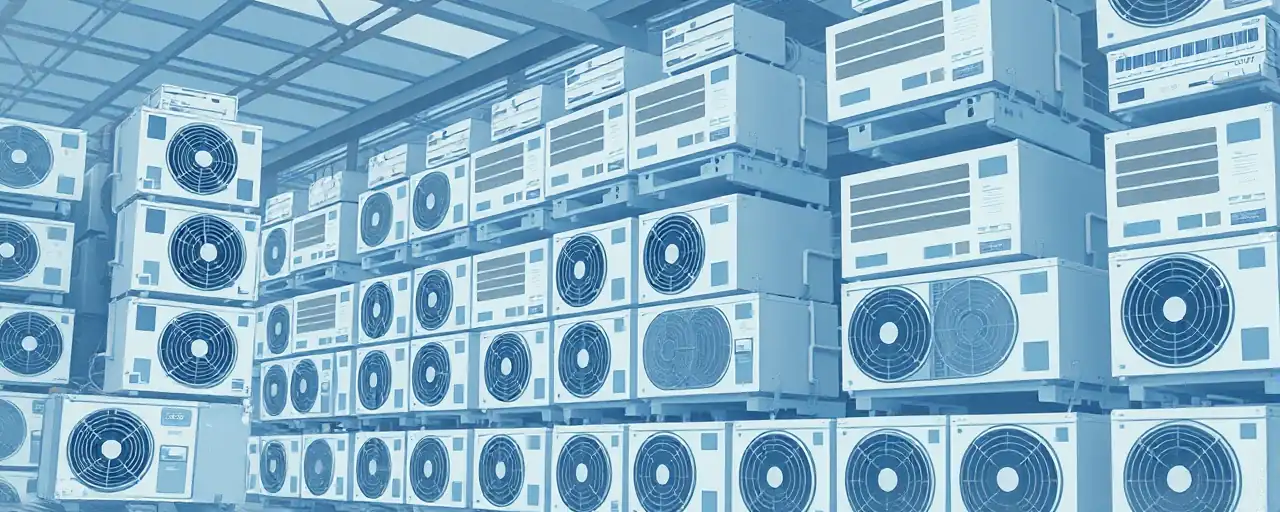A Lifeline for Summer Heat
As summer looms, New York State has opened applications for a program designed to keep vulnerable residents cool. The Home Energy Assistance Program, known as HEAP, offers air conditioning units and installation to low-income households with specific health or age-related needs. With temperatures climbing higher each year, the initiative aims to protect those most at risk from extreme heat, a growing concern for many families.
Eligibility hinges on income and household circumstances, like having a member with a medical condition worsened by heat, or young children or elderly residents. A family of four, for instance, can qualify with an annual income up to about $76,000. The program, which runs on federal funds, operates on a first-come, first-served basis, with applications accepted from mid-April through early June.
For many, this assistance isn’t just about comfort; it’s about survival. Heat waves have become more frequent and severe, pushing indoor temperatures to dangerous levels in homes without cooling. Yet, the program’s reach depends on funding, which has faced disruptions, raising questions about how far it can stretch as demand grows.
Who Benefits and How It Works
The focus of HEAP’s cooling aid is narrow but deliberate. It targets households with someone whose health could deteriorate in extreme heat, like those with respiratory issues, or families with kids under six or adults over sixty. The program covers the full cost of an air conditioner and its installation, a significant relief for those who can’t afford either.
Over the past five years, more than 87,000 households across New York have received this help, with over $67 million distributed. This year, applications began earlier to ensure units are installed before the worst heat hits. Outside New York City, people apply through local social services offices, while city residents can use an online portal or visit benefit centers.
Still, the process isn’t seamless. Some applicants face delays, and not everyone who applies gets approved before funds run dry. The program’s reliance on federal dollars adds another layer of uncertainty, especially after recent administrative shakeups at the national level.
A System Under Strain
Demand for HEAP has spiked as energy costs and temperatures rise. In 2025 alone, New York saw a jump in applications compared to previous years, reflecting broader economic pressures and changing climate patterns. Nationwide, one in six households is behind on energy bills, with low-income families often spending a disproportionate share of their income on utilities.
Federal funding, channeled through the Low Income Home Energy Assistance Program (LIHEAP), is the backbone of HEAP. But this year, the flow of those dollars hit snags. A shakeup in the federal division overseeing LIHEAP delayed nearly $400 million in funds, leaving states like New York to scramble. In January, New York’s HEAP briefly shut down, forcing the state to dip into its own budget to keep things running.
These hiccups expose a deeper issue: the gap between need and resources. While New York distributed aid to 1.5 million households this year, up 52,000 from last, advocates warn that inconsistent funding could leave eligible families without help when they need it most.
Health Risks and Climate Realities
Extreme heat isn’t just uncomfortable; it’s deadly, especially for the elderly, young children, and those with chronic illnesses. Studies link rising temperatures to higher rates of heatstroke, heart issues, and respiratory problems. Globally, climate change is projected to cause thousands of additional deaths yearly by mid-century, with vulnerable groups hit hardest.
In New York, urban areas amplify the problem. Concrete-heavy neighborhoods trap heat, pushing indoor temperatures higher in poorly insulated homes. For low-income renters, many of whom lack landlord-provided cooling, the risks are even greater. Programs like HEAP aim to bridge this gap, but they’re only part of the solution.
Broader efforts, like planting trees or building cooling centers, are gaining traction in cities. Yet, these fixes take time, and the immediate need for reliable cooling remains urgent, especially as heat waves grow longer and more intense.
A Tug-of-War Over Solutions
Energy assistance sits at a tense crossroads of policy and politics. Some federal leaders argue for trimming programs like LIHEAP, citing budget constraints and a push for energy independence through fossil fuels. Others, including state officials and advocacy groups, stress that cutting aid hurts families already stretched thin, especially as climate-driven heat waves demand more cooling.
In New York, state lawmakers have floated ideas like the NY HEAT Act to cap energy costs and boost efficiency, aiming for long-term affordability. Meanwhile, federal delays have sparked calls for more stable funding to avoid patchwork fixes. Both sides agree the status quo isn’t sustainable, but how to move forward remains contentious.
The debate isn’t just about money; it’s about priorities. Balancing immediate relief with investments in greener infrastructure pits short-term needs against long-term goals, leaving programs like HEAP caught in the middle.
Looking Ahead
For now, New York’s cooling aid offers a critical buffer for thousands, but its future hinges on steady resources and smarter systems. Families counting on HEAP need assurance that help will be there when the heat spikes. Scaling up outreach and streamlining applications could ensure more people benefit before funds dwindle.
The bigger picture demands tougher choices. Rising temperatures and strained budgets mean states and federal agencies must rethink how to protect the vulnerable without leaning on stopgap measures. For New Yorkers bracing for summer, the stakes couldn’t be higher, and the clock is ticking.
